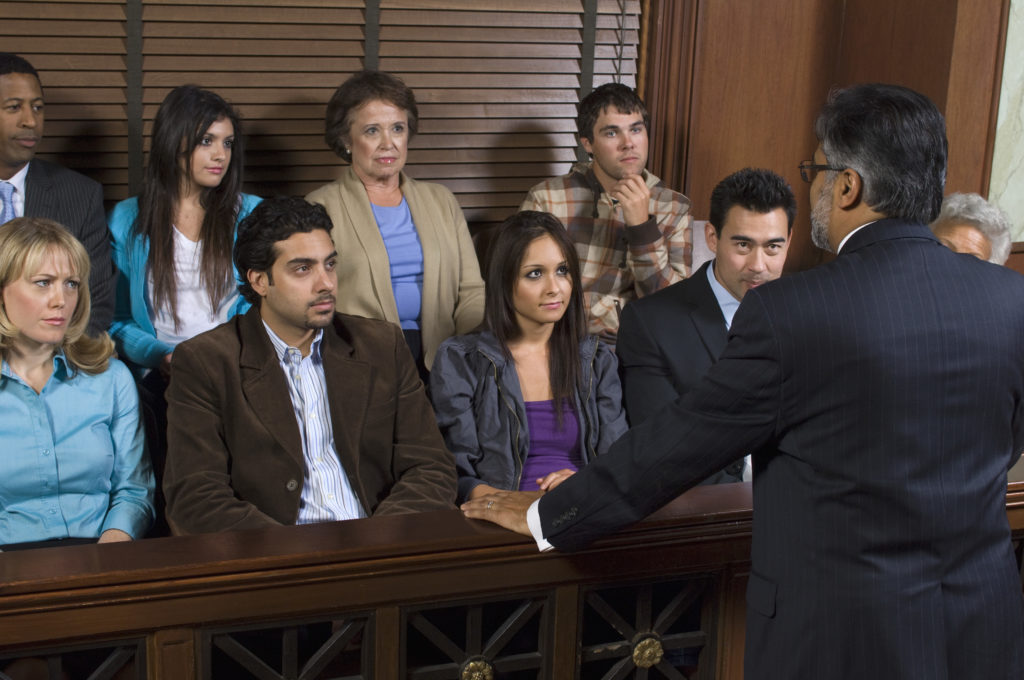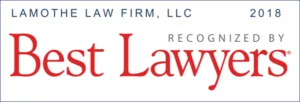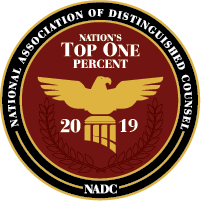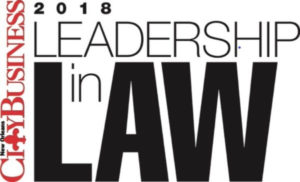
Representativeness: How it Skews Judgment and Why You Should Care
by Kristi S. Schubert
In a previous article I discussed how attorneys can achieve better results by being aware of the effects of the “anchoring heuristic,” which describes the human tendency, when making decisions, to rely too heavily on the first piece of information offered. In this article, I will discuss another heuristic, the “representativeness heuristic,” and the ways in which it can affect your practice on a daily basis. Heuristics are simple mental processing rules that people unconsciously use to form judgments and make decisions. They are cognitive rules of thumb. Although these rules of thumb are efficient overall, as a side effect, they also create systematic biases. The systematic biases lead to predictable mistakes. Learning how to recognize when these mistakes will occur can lead to better decision making and a better outcome for your client.
The “representativeness heuristic” is used when people make judgments about the probability of an uncertain event. It is particularly relevant to the practice of law because of the large number of complex decisions that must be made with incomplete information. Specifically, the representativeness heuristic describes the process wherein your brain creates prototypes, or “representatives” for categories, and then judges probabilities by measuring how closely the evidence before you conforms to that representative prototype. In other words, it describes our tendency to judge the likelihood of an event by the extent to which it resembles a “typical” or “classic” case.
If you’ve read Michael Lewis’ “Moneyball,” you may already be generally familiar with the concept of the representativeness heuristic. In Moneyball, Lewis describes how baseball scouts routinely chose players who looked traditionally athletic over players with better performance records. The athletic looking players fit the scouts’ mental image of a great athlete, and that mental image skewed their judgement. Lewis described the strategies used by Billy Beane as general manager of the Oakland Athletics in the early 2000s to leverage this bias by reducing or removing this bias within his own organization.
Before taking a closer look at how the representativeness heuristic works, consider the following two questions:
Question 1: You see a man on the New York subway reading the New York Times. Which of the following is more probable?
(a) The reader has a PhD.
(b) The reader does not have a college degree.
Question 2: A college student, Sarah, is a shy, sensitive poetry-lover. Which of the following is more probable?
(a) Sarah is majoring in Chinese Literature.
(b) Sarah is majoring in Business Management.
Most people who read these two scenarios choose option A for each question. This is an example of the representativeness heuristic in action. In both scenarios, Option B is actually the better choice.
The scenarios illustrate two biases created by the representativeness heuristic: (1) the case of the subway reader demonstrates how it leads us to ignore statistical probability, and (2) the case of the poetry-loving student demonstrates how the representativeness heuristic leads us to ignore the quality of the evidence we are given. In the rest of this article, I will describe the two biases, and identify some of the instances in which we can use our knowledge about the representativeness heuristic to be more persuasive to others, and to avoid making inaccurate judgments that can detrimentally affect our clients.
1. Ignoring Statistical Probability
The representativeness heuristic leads us to ignore the statistical rate of probability, often referred to as the “base rate.” For instance, if you had a jar full of 100 marbles, some of which were red and some of which were white, the initial ratio of red marbles to white marbles would be the “base rate.” If you knew that there were sixty red marbles and forty white marbles, you could accurately predict that if you draw a marble, it will most likely be red (60% chance). In the case of the man reading on the subway, the base rate is the number of people who have PhDs, versus the number of people who have not graduated college. According to 2013 US Census data, less than two percent of Americans have a PhD. The percentage of Americans over 25 years old who do not have a college degree is approximately 73%. Given those statistics, it is clear that there are likely to be significantly more non-graduates riding the subway than there are persons with a PhD. Even if we don’t know the statistics, we all know that PhDs are relatively rare, and that base rate information should play more heavily in our answering the question.*Footnote- Exactly how heavily would involve a discussion of Bayes’ Theorem which is beyond the scope of this article.* Instead, the representativeness heuristic tends to lead us to ignore the relevant base rate, and focus on what type of man we imagine reading the New York Times.
2. Ignoring the Quality of Evidence
In addition to ignoring base rates, the representativeness heuristic also causes us to ignore the quality of the evidence we are evaluating. That is, we tend to overvalue evidence that closely matches our preexisting representative ideas, ignoring whether or not the new evidence is truly probative. For example, in the question about Sarah, we ignore the fact that being a shy poetry lover is not particularly relevant evidence for predicting her major. When we picture a Chinese Literature student, we picture someone matching the description of Sarah. When we picture a Business Management student, we generally picture someone quite different. Since Sarah conforms better to our idea of a Chinese Literature student, this skews our judgment regarding the probability that Sarah is studying Chinese Literature. Had we been told that Sarah had chosen to learn Mandarin and Cantonese as a high school student, or that both her parents are authors who majored in literature in college, we might be justified in predicting that she is more likely a Chinese Literature major. But being a shy poetry lover is a description that could apply to many students. Even if it were true that Chinese Literature majors are highly likely to be described as shy poetry lovers, it is reasonable to assume that there are also a significant number of poetry loving Business Administration majors, and there are likely to be many more Business Administration majors than there are Chinese Literature majors.
Judgments Relating to Causation
In addition to affecting our judgments about individuals, the representativeness heuristic also affects our judgments about causation. We tend to evaluate whether a particular effect was caused by a particular event by looking at how closely it fits our mental image of the typical cause. For example, when individuals see a photograph of a car with extraordinary property damage, they have a tendency to expect that anyone in that car would have been seriously injured, because it looks like their mental image of a bad crash. Conversely, when individuals see a photograph of a car that is barely scratched after a low-speed crash, they have a tendency to assume that anyone in that car was not seriously hurt.
Practical Applications
• A jury is trying to determine whether a particular car accident caused a minor traumatic brain injury. The fact that, after the crash, the plaintiff began to show legitimate but uncommon symptoms of an mTBI is not likely to be as persuasive as the fact that the impact came from a sideways force, and a sideways force is the type of force that is the most likely to cause an mTBI.
• During voir dire, a juror acknowledges being part of a social group that is traditionally perceived as anti-plaintiff. The representativeness heuristic may cause the attorney to overestimate the probative value of that membership, and ignore higher quality evidence about that jurors’ ability to fairly hear the plaintiff’s case.
• An accident occurs between a younger driver and an older driver in which both drivers accuse each other of having been texting while driving. Absent concrete evidence to the contrary, most people will have a strong tendency to believe that the younger driver was texting at the time of the accident.
• An adjuster is trying to determine whether an unconditional tender is offered. If the case he is evaluating shares factual similarities, even irrelevant ones, with the most recent well-known judicial opinion regarding unconditional tenders, he will be more likely to determine that the tender is owed.









